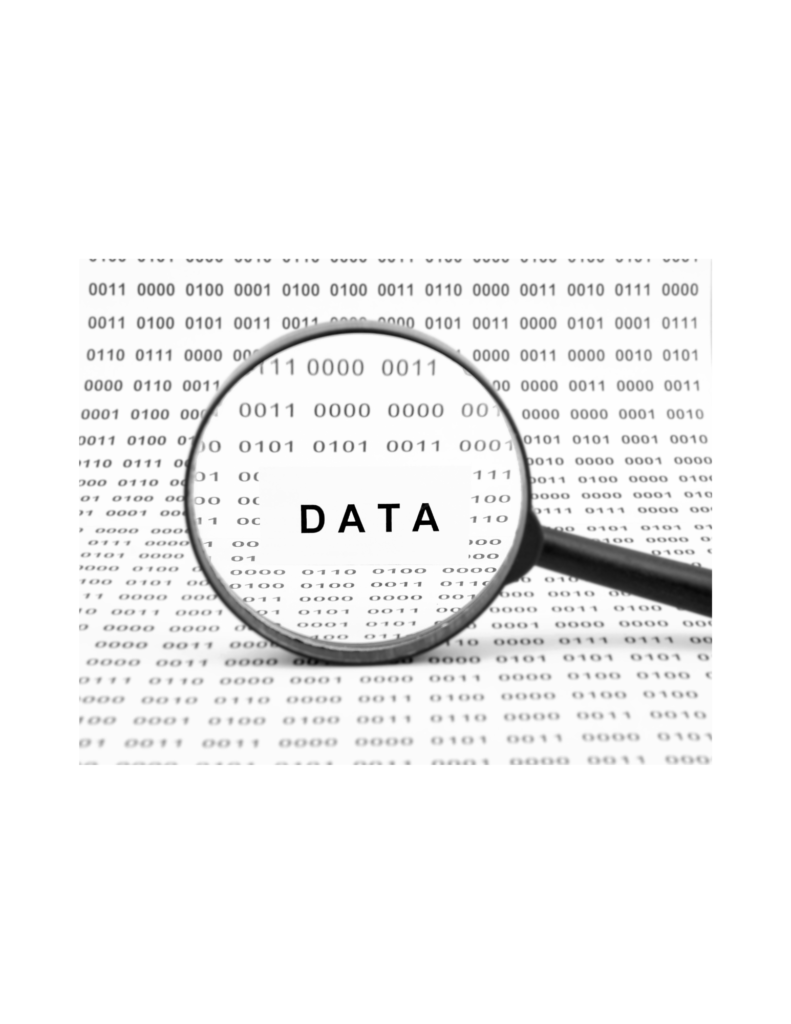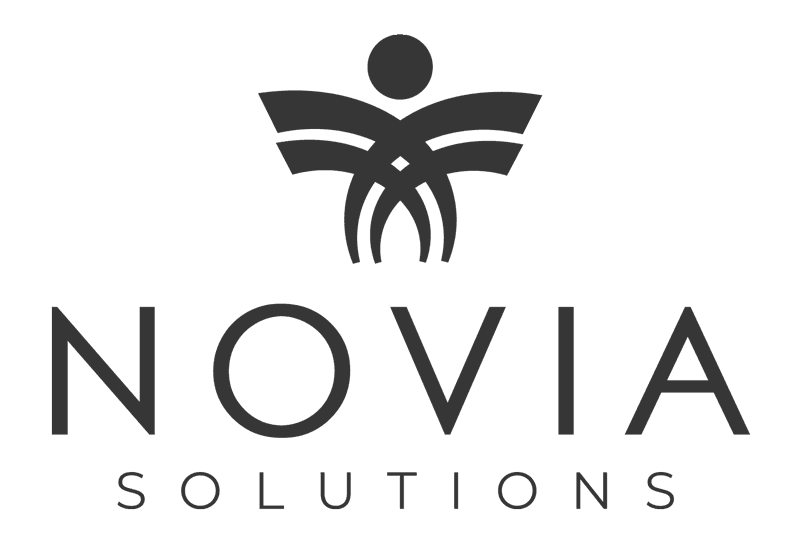For most healthcare leaders, it should not come as any surprise that the transition from fee-for-service to value-based care has been cumbersome for many hospital systems. Still, some leaders have successfully demonstrated that the key to thriving under a value-based system is the ability to utilize data to provide quality care. In this day and age, data is a goldmine that hospitals can harvest to benefit their financial bottom line and avoid the penalties that cost American hospitals $28M in 2017. Below are 6 tips on how you, as a healthcare leader, can utilize data to make it a reliable and actionable tool to help your organization prosper under a value-based system:
- Locate the data: identify which electronic health records have the information you are looking for. Since different specialties use different platforms, it is essential to locate what (quality vs. regulatory data) is located where.
- Extract the data: while some information can be gathered electronically, other data requires manual extraction such as a clinician note on a medical record.
- Standardize the data: in order to make sense or even use the data to make informed decisions, all data must be organized in a uniform manner. In doing so, the data will become coherent and reliable for later analysis.
- Amass the data: it is necessary to aggregate the data of patient populations to determine what trends are evident, such as rigorously performing expensive tests that increase the cost of care but do not necessarily improve the quality of care based on trends seen in the data.
- Understand the data: in a world where there is more information readily available than ever before, it is essential to understand what that information actually means. When trying to reconcile cost vs. effectiveness, big data can be a useful tool to determine whether one must actually be sacrificed or if there is a happy medium. For example, if you have a patient population that reacts the same to one drug that is half the price of another, looking at the data to reveal a trend will assist with decision making.
- Utilize the data: by understanding trends in both patient care and the finances associated with it, you will be able to better understand the big picture of what is going on at your organization. Simply having access to this information and being able to understand it provides an opportunity to make evidence-based decisions.
While many organizations continue to struggle to find their stride under value-based healthcare, others have successfully shown that data provides an invaluable opportunity to better understand where costs can be cut and quality can be improved. Like what we have to say? Follow us on LinkedIn for more. Or simply click here for the full article.


